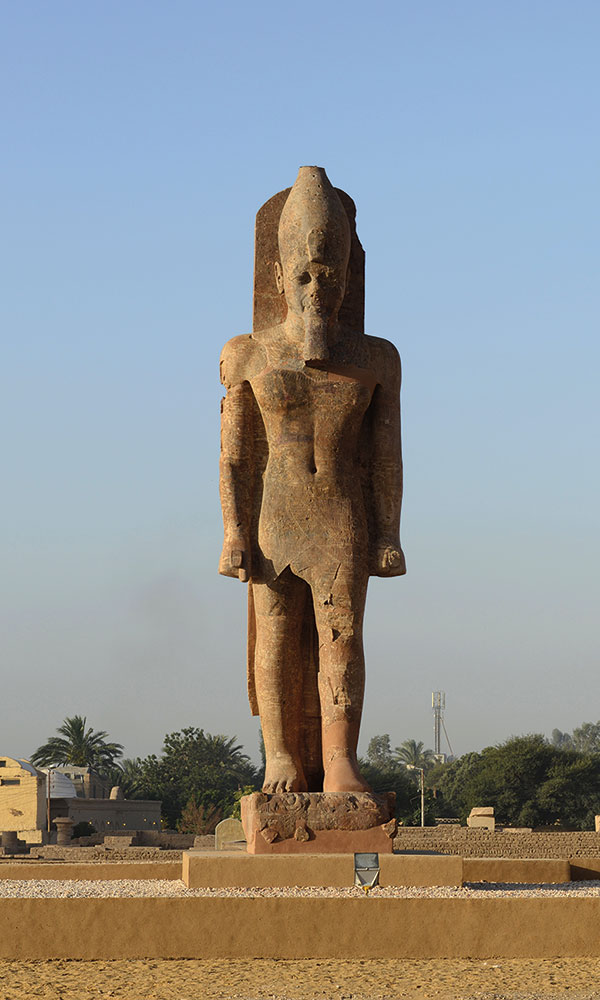CHICAGO, ILLINOIS—According to a Live Science report, Ella Karev of the University of Chicago suggests that 10 branding irons now held in the collections of the British Museum and the Petrie Museum of Egyptian Archaeology may have been used to mark the skin of humans some 3,000 years ago. It had been previously thought that the ancient Egyptians typically marked people with tattoos, as interpreted in a carving of prisoners of war found in southern Egypt at the site of Medinet Habu, Karev said. The branding of cattle with square or rectangular brands is frequently depicted in ancient Egyptian paintings, she added, and these brands were likely to have been at least four inches long because a scar left by a smaller brand could have become illegible as the young animals grew. The ancient Egyptian brands held in the museums, however, are very similar in size and shape to those used by Europeans during the transatlantic slave trade, Karev explained. She thinks the carving at Medinet Habu may show small brands being heated in a brazier for the purpose of marking a large number of people quickly. To read about ceramic figurines and vessels depicting tattooed Egyptian women, go to "Ancient Tattoos: Faience Figurine and Bowl."
New Thoughts on Egypt’s Ancient Branding Irons
News November 15, 2022
Recommended Articles
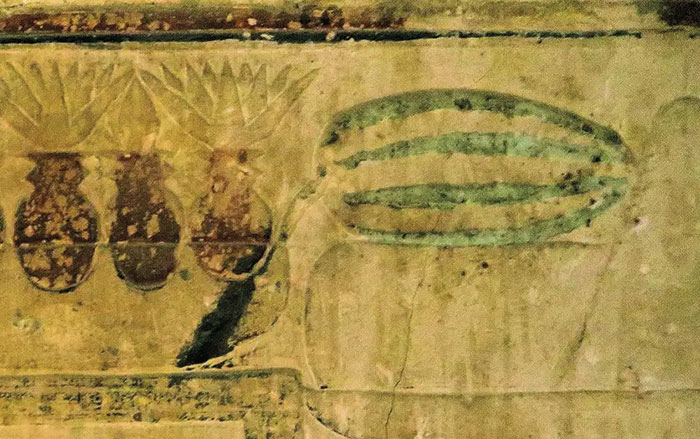
Digs & Discoveries May/June 2025
The Cat and the Fat

Digs & Discoveries May/June 2025
Pharaoh's Fate
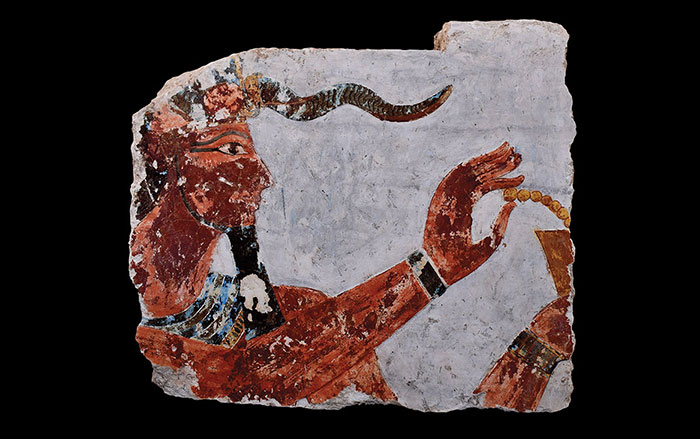
Digs & Discoveries March/April 2025
Primordial Alphabet Soup
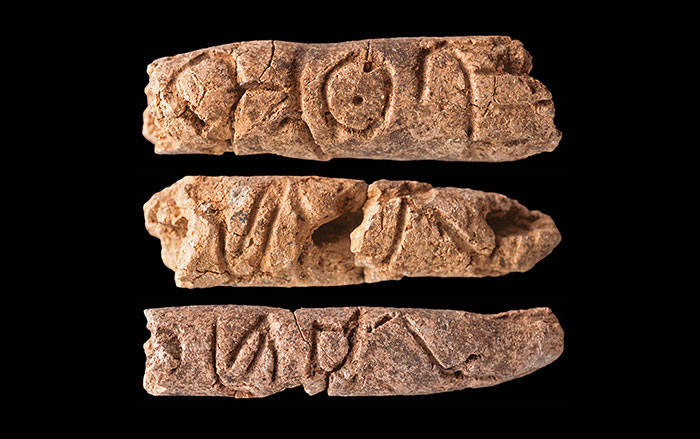
-
Features September/October 2022
1,000 Fathoms Down
In the Gulf of Mexico, archaeologists believe they have identified a nineteenth-century whaling ship crewed by a diverse group of New Englanders
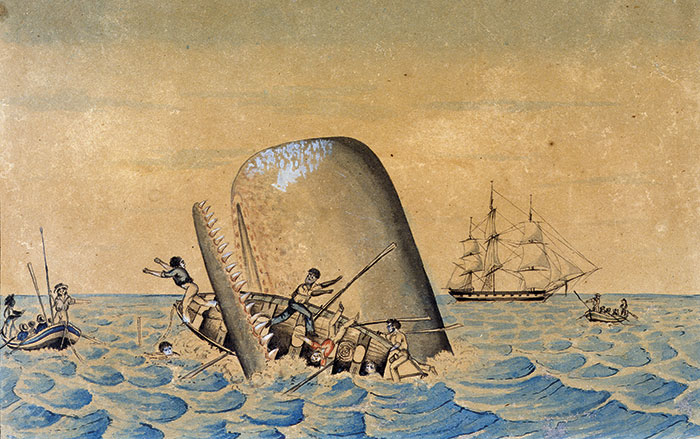 (Courtesy the New Bedford Whaling Museum)
(Courtesy the New Bedford Whaling Museum) -
Letter from Germany September/October 2022
Berlin's Medieval Origins
In the midst of modern construction, archaeologists search for evidence of the city’s earliest days
 (Courtesy Landesdenkmalamt Berlin/Michael Malliaris)
(Courtesy Landesdenkmalamt Berlin/Michael Malliaris) -
Artifacts September/October 2022
Nordic Bronze Age Figurine
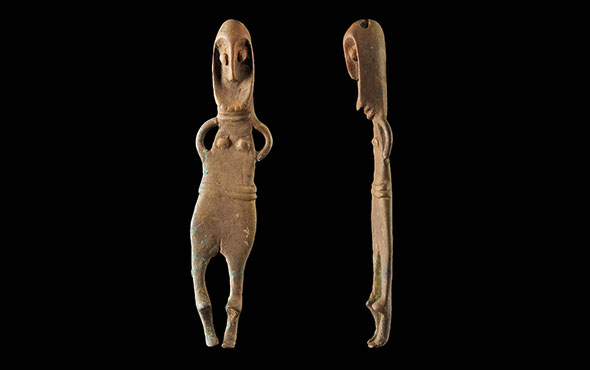 (Courtesy Thomas Terberger)
(Courtesy Thomas Terberger) -
Digs & Discoveries September/October 2022
The Case of Tut's Missing Collar
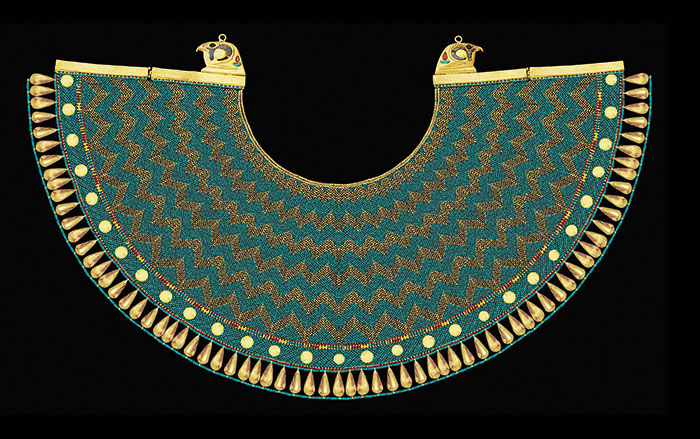 (Courtesy Marc Gabolde)
(Courtesy Marc Gabolde)



